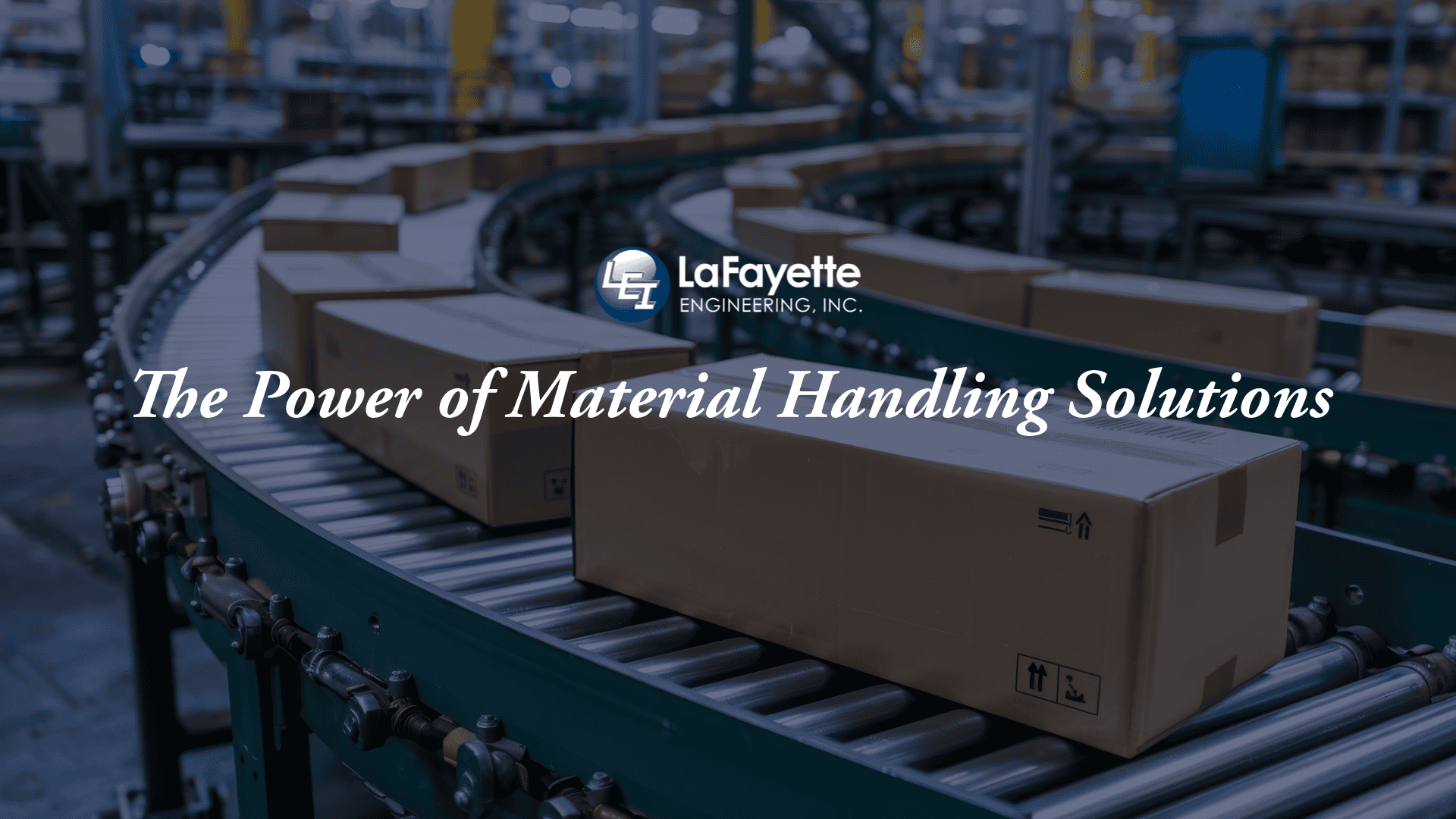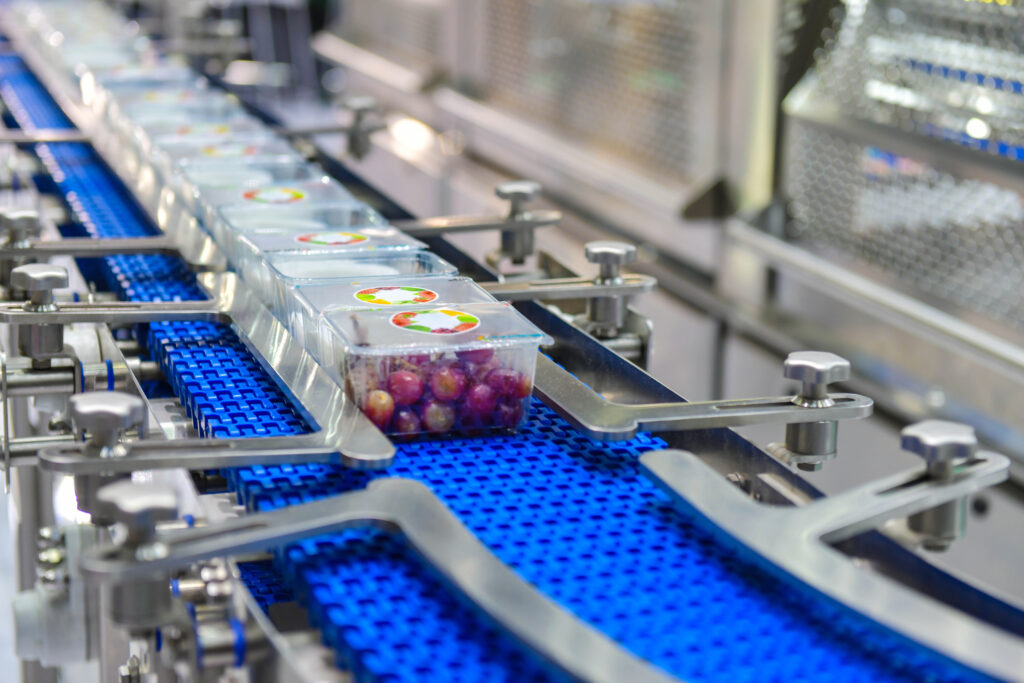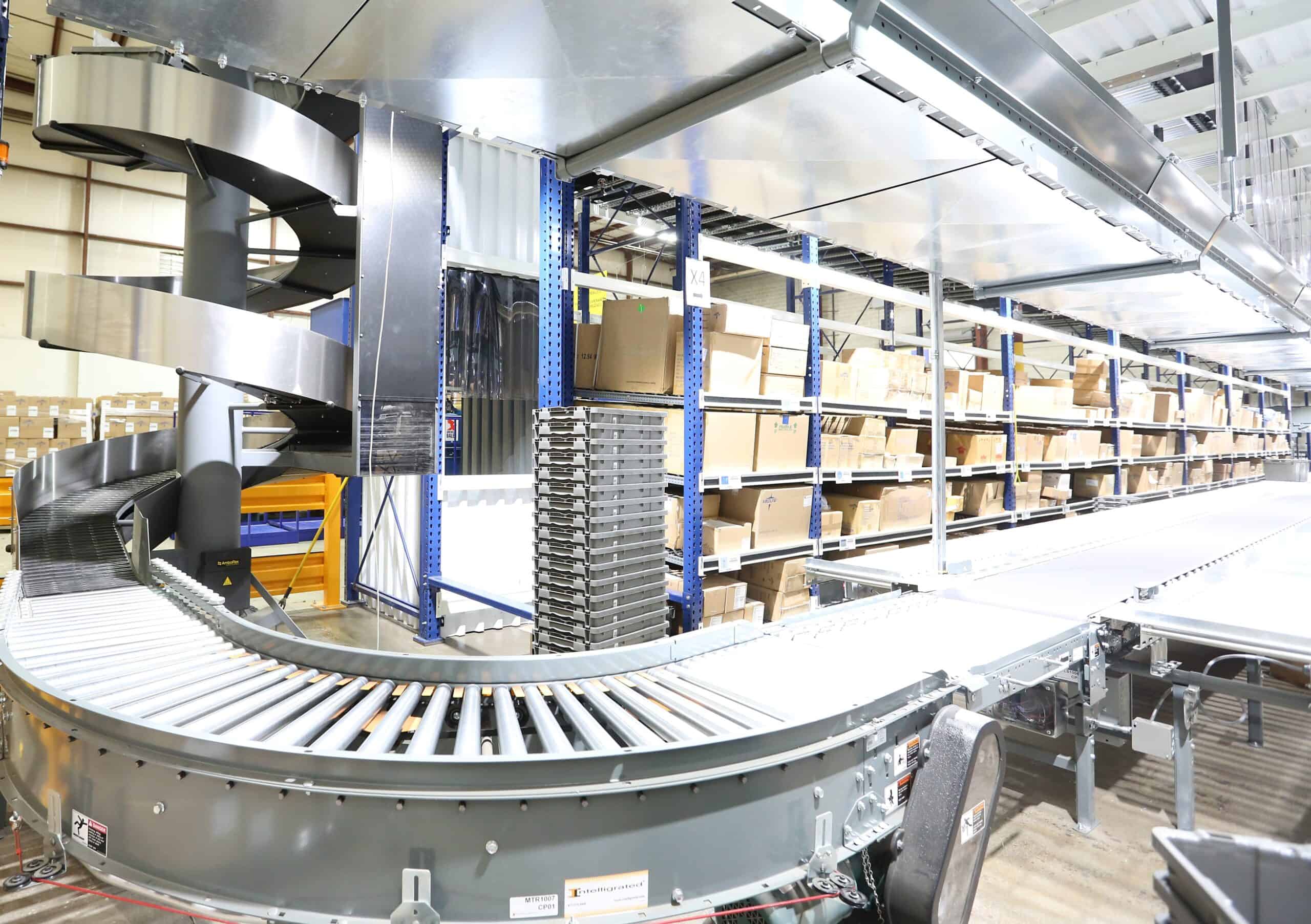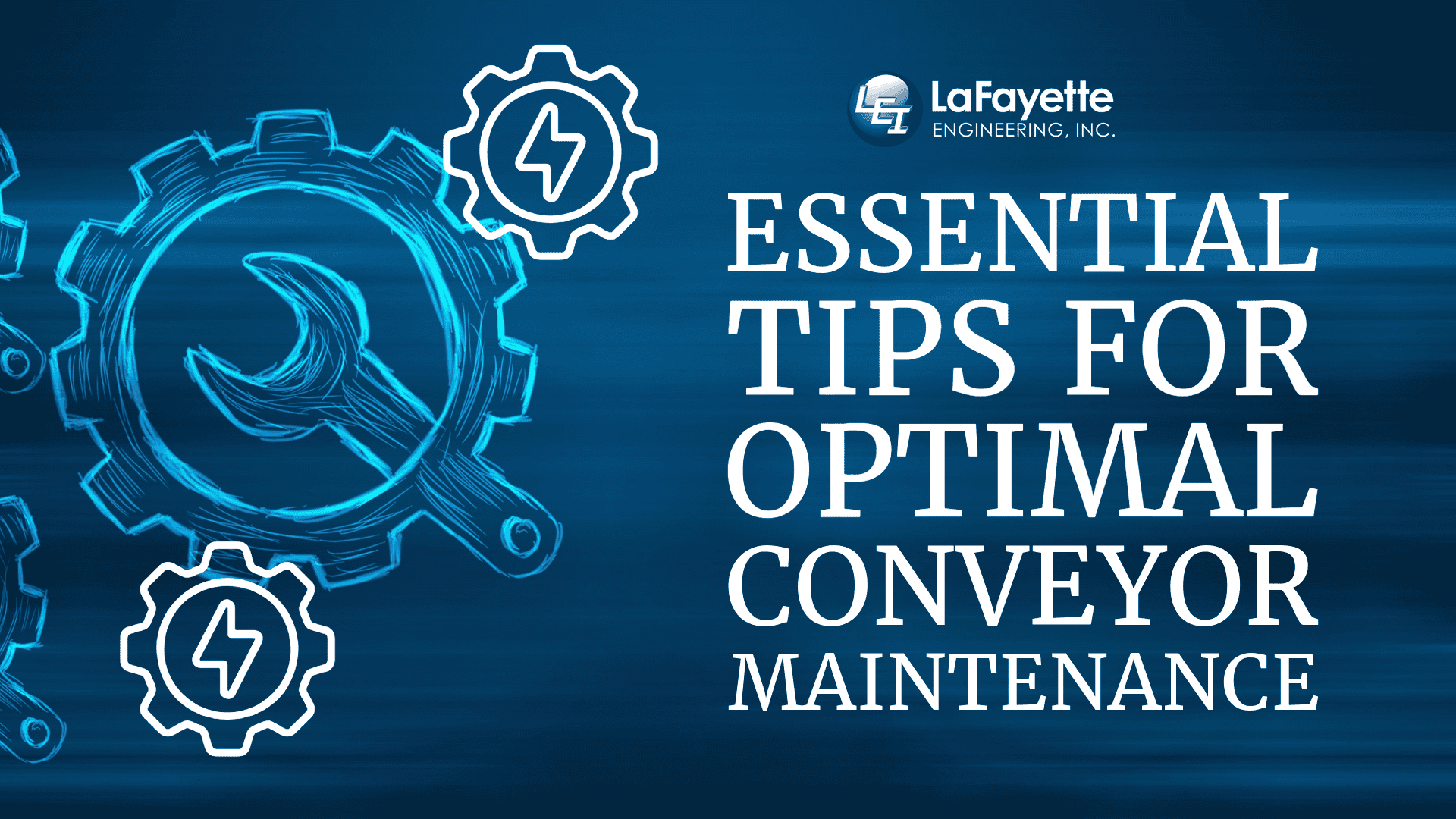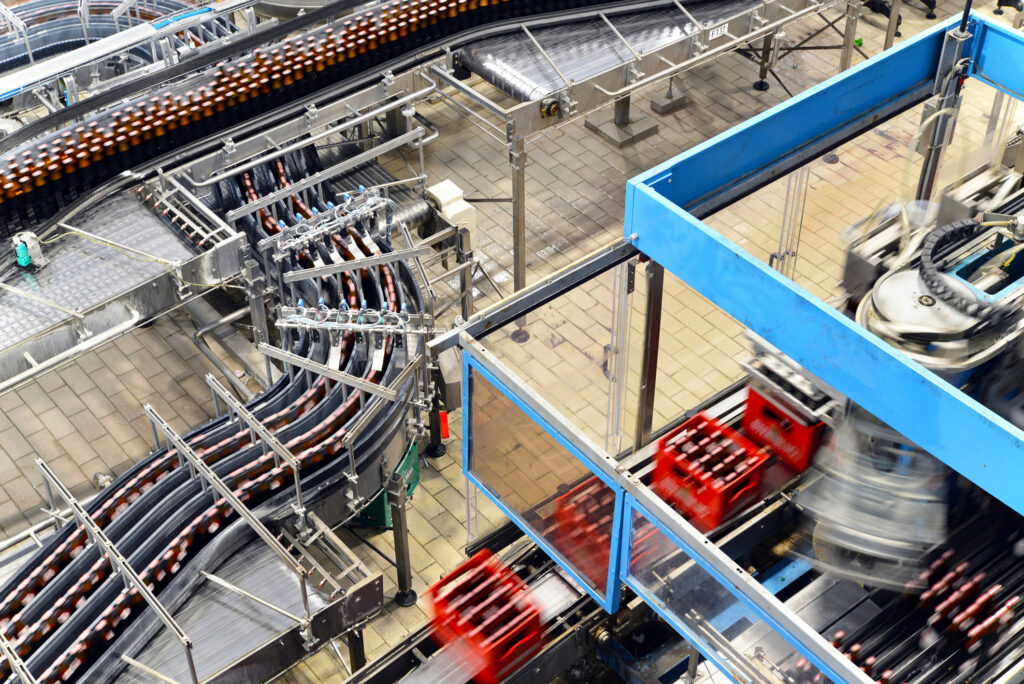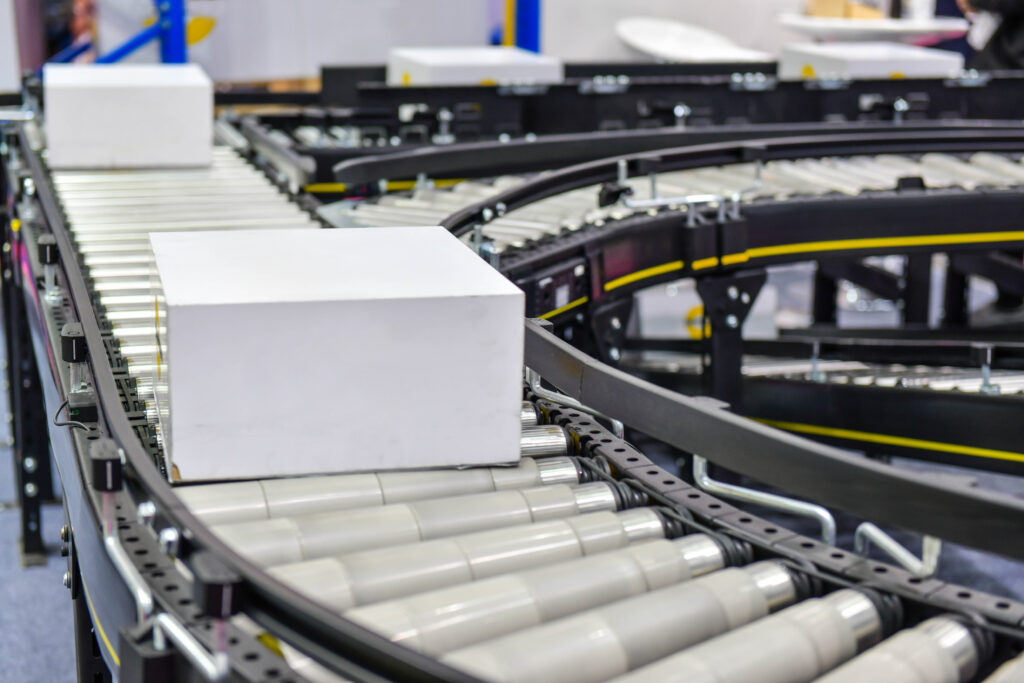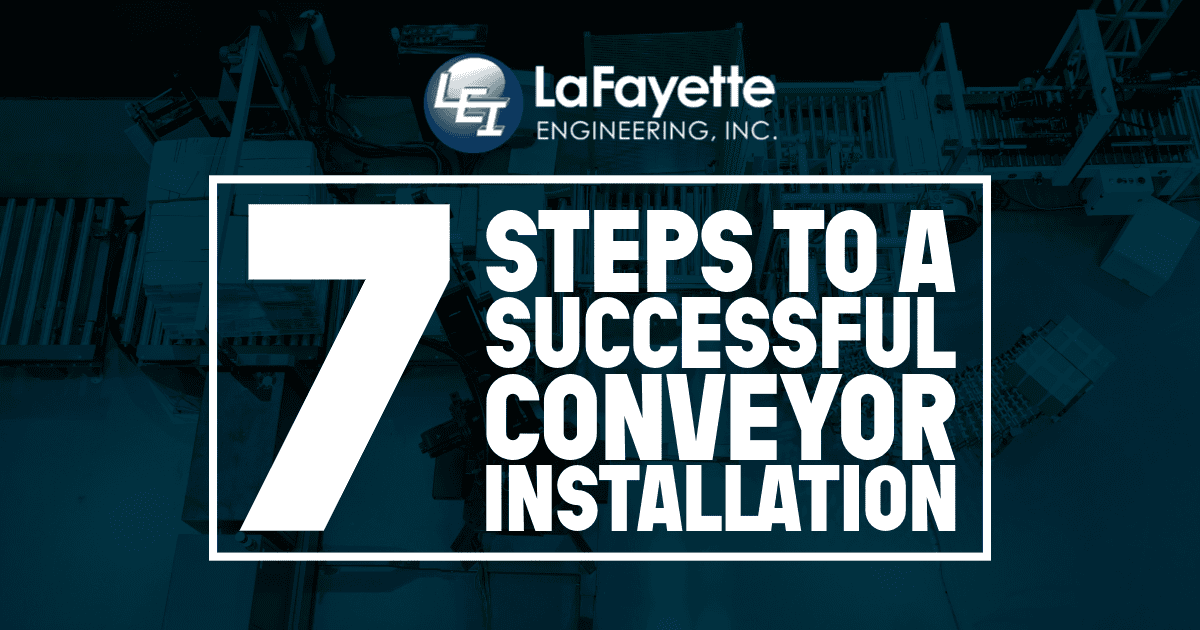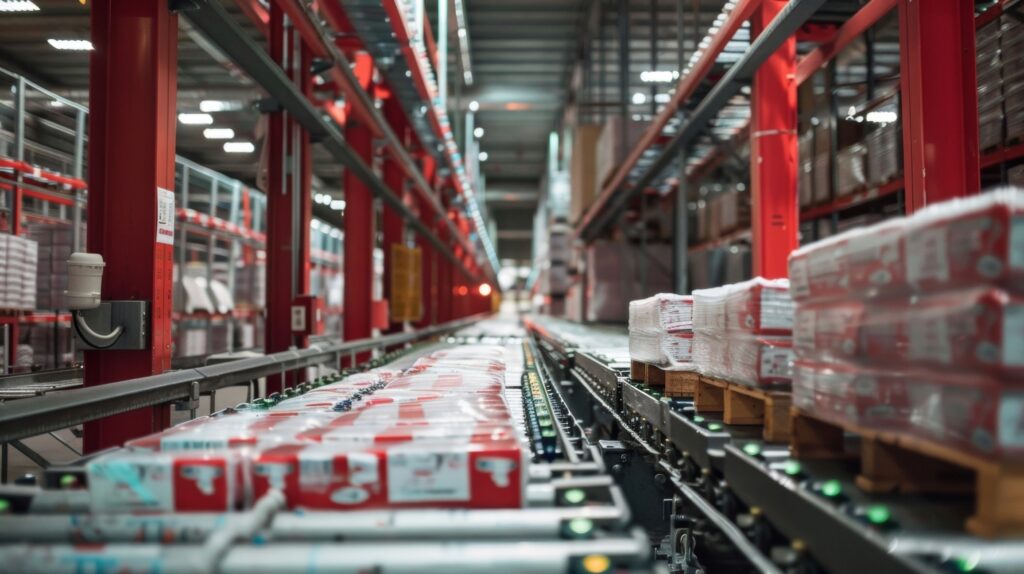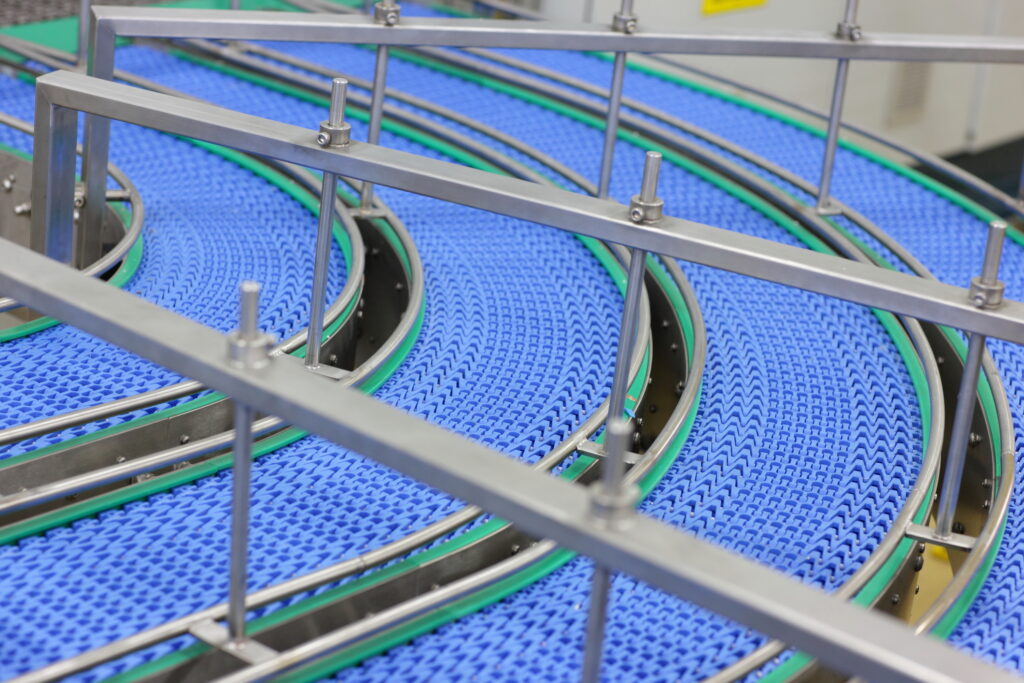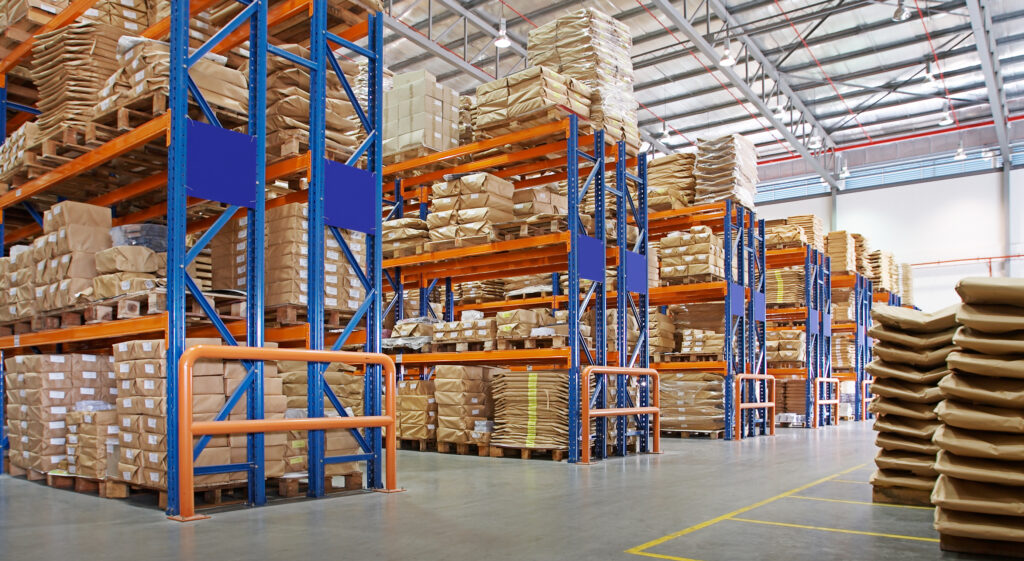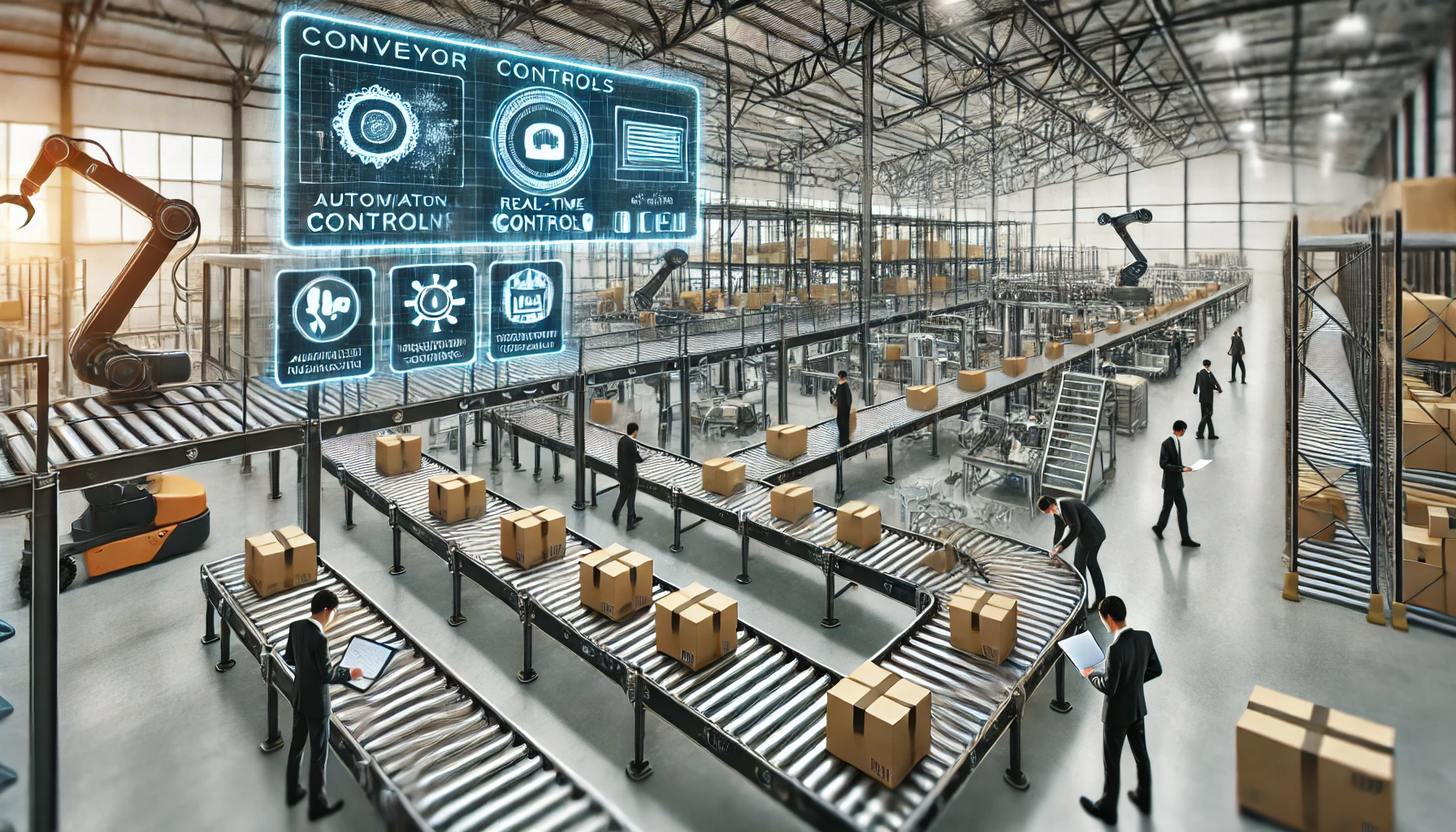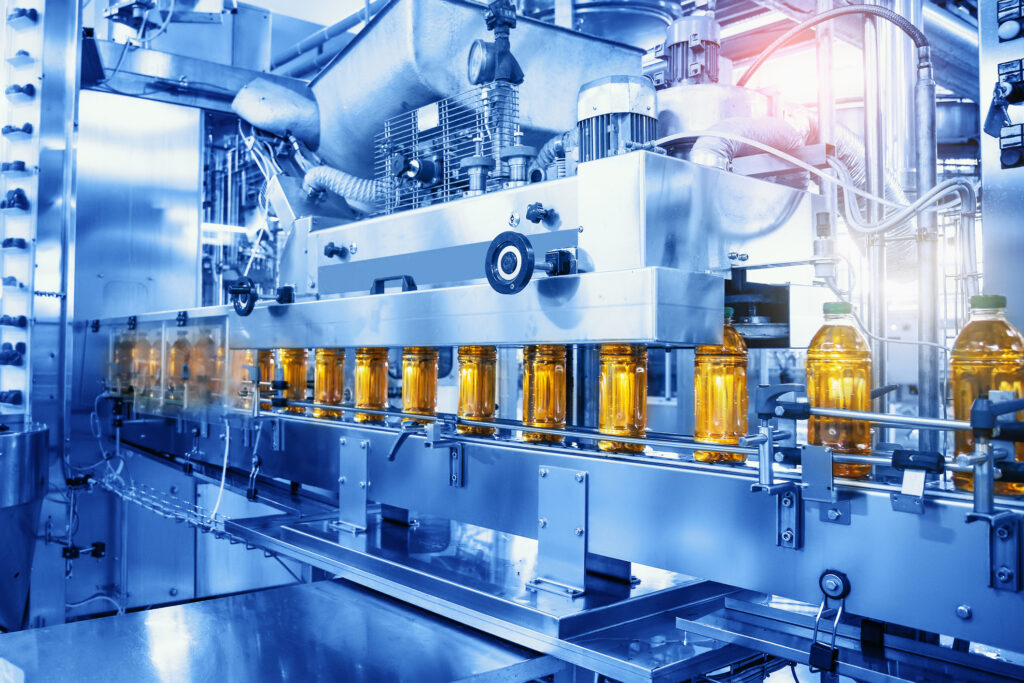Table of Contents
Material Handling Solutions: Introduction
Effective material handling solutions are the backbone of operational success. In today’s fast-paced industrial landscape, the efficiency of material handling can make or break a business. Whether it’s ensuring the seamless movement of raw materials through a manufacturing plant or managing the distribution of finished products. Lafayette Engineering stands at the forefront of this critical industry, offering comprehensive and innovative material handling solutions designed to optimize workflow, reduce costs, and increase productivity.
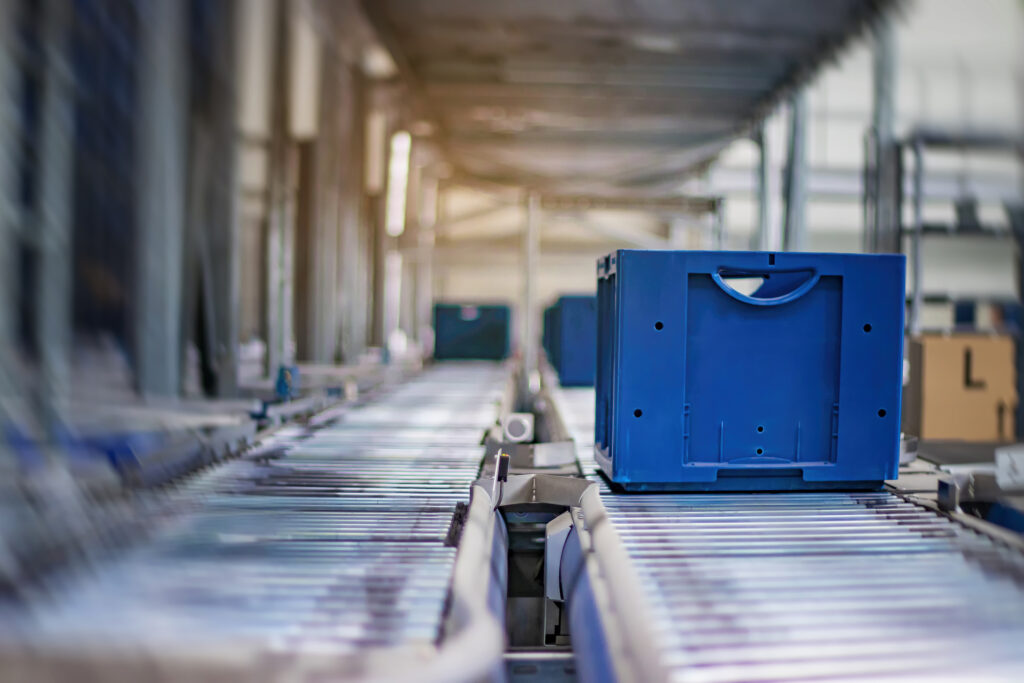
What Are Material Handling Solutions?
Material handling solutions encompass a wide range of equipment, systems, and technologies designed to move, protect, store, and control materials throughout the manufacturing, warehousing, distribution, consumption, and disposal processes. These solutions include conveyors, automated storage and retrieval systems (AS/RS), robotics, palletizers, and more. They are essential for improving efficiency, safety, and accuracy in various industries, from manufacturing and logistics to retail and e-commerce.
Lafayette Engineering’s Expertise in Material Handling Solutions
Lafayette Engineering has a long-standing reputation for delivering tailored material handling solutions that meet the unique needs of its clients. With a team of highly skilled engineers and a commitment to innovation, Lafayette Engineering offers a full suite of services, including system design, integration, installation, and ongoing support.
- Customized System Design One of Lafayette Engineering’s core strengths is its ability to design customized material handling systems that align with the specific requirements of each client. By thoroughly analyzing the client’s operations, Lafayette Engineering creates solutions that optimize workflow, reduce bottlenecks, and improve overall efficiency. Whether it’s a simple conveyor system or a complex, fully automated distribution center, Lafayette Engineering’s designs are always focused on delivering maximum value.
- State-of-the-Art Integration Integration is key to the success of any material handling system. Lafayette Engineering excels in integrating various technologies and equipment into a seamless, cohesive system. By combining conveyors, robotics, AS/RS, and other technologies, Lafayette Engineering ensures that all components work together efficiently, resulting in a streamlined operation that minimizes downtime and maximizes throughput.
- Expert Installation and Support Beyond design and integration, Lafayette Engineering provides expert installation services to ensure that each material handling solution is implemented correctly and efficiently. Their team of experienced technicians works closely with clients to minimize disruption during installation and to ensure that the system is up and running as quickly as possible. In addition, Lafayette Engineering offers ongoing support and maintenance services to keep systems running smoothly. Regular maintenance, timely repairs, and system upgrades are all part of Lafayette Engineering’s commitment to long-term client satisfaction.
The Benefits of Lafayette Engineering’s Material Handling Solutions
- Increased Efficiency With Lafayette Engineering’s material handling solutions, clients can achieve significant improvements in efficiency. By automating key processes, reducing manual handling, and optimizing the flow of materials, businesses can speed up production, reduce lead times, and increase overall productivity.
- Cost Savings Efficient material handling leads to cost savings in several ways. Reduced labor costs, minimized material damage, and lower energy consumption are just a few of the benefits that Lafayette Engineering’s solutions bring to the table. Additionally, by optimizing storage and retrieval processes, businesses can make better use of available space, reducing the need for costly expansions.
- Enhanced Safety Safety is a top priority in any industrial setting, and Lafayette Engineering’s material handling solutions are designed with this in mind. Automated systems reduce the risk of workplace injuries by minimizing the need for manual lifting and handling. Furthermore, Lafayette Engineering’s systems are designed to meet the highest safety standards, ensuring a safer working environment for all employees.
- Scalability and Flexibility As businesses grow and evolve, so do their material handling needs. Lafayette Engineering’s solutions are designed to be scalable and flexible, allowing businesses to adapt to changing demands. Whether it’s expanding a current system or adding new technologies, Lafayette Engineering’s material handling solutions can be easily modified to accommodate future growth.
Why Choose Lafayette Engineering for Material Handling Solutions?
Choosing the right partner for material handling solutions is crucial to the success of any project. Lafayette Engineering stands out as a leader in the industry for several reasons:
- Experience and Expertise: With years of experience in the field, Lafayette Engineering has a deep understanding of the challenges and opportunities in material handling. Their team of experts is equipped to handle projects of any size and complexity.
- Innovation: Lafayette Engineering is committed to staying at the cutting edge of technology. By continuously exploring new technologies and methodologies, they are able to offer clients the most advanced and effective material handling solutions available.
- Client-Centric Approach: At Lafayette Engineering, the client always comes first. They work closely with each client to understand their specific needs and to develop solutions that not only meet but exceed expectations.
- Comprehensive Service: From initial consultation to final installation and ongoing support, Lafayette Engineering offers a complete range of services. This comprehensive approach ensures that clients receive a solution that is fully integrated and tailored to their needs.
Conclusion
In the competitive world of industrial operations, having the right material handling solutions in place is essential. Lafayette Engineering’s expertise, innovation, and client-centric approach make them the ideal partner for businesses looking to optimize their material handling processes. Whether you’re looking to improve efficiency, reduce costs, enhance safety, or prepare for future growth, Lafayette Engineering has the solutions you need to succeed.
To learn more about Lafayette Engineering’s material handling solutions, visit their website and explore how they can help transform your operations. Follow us on Linkedin!

